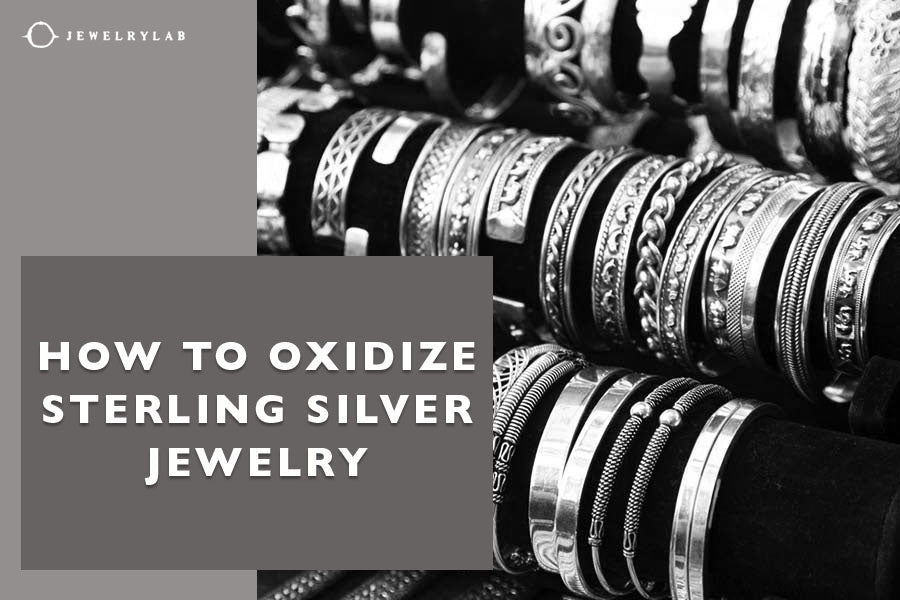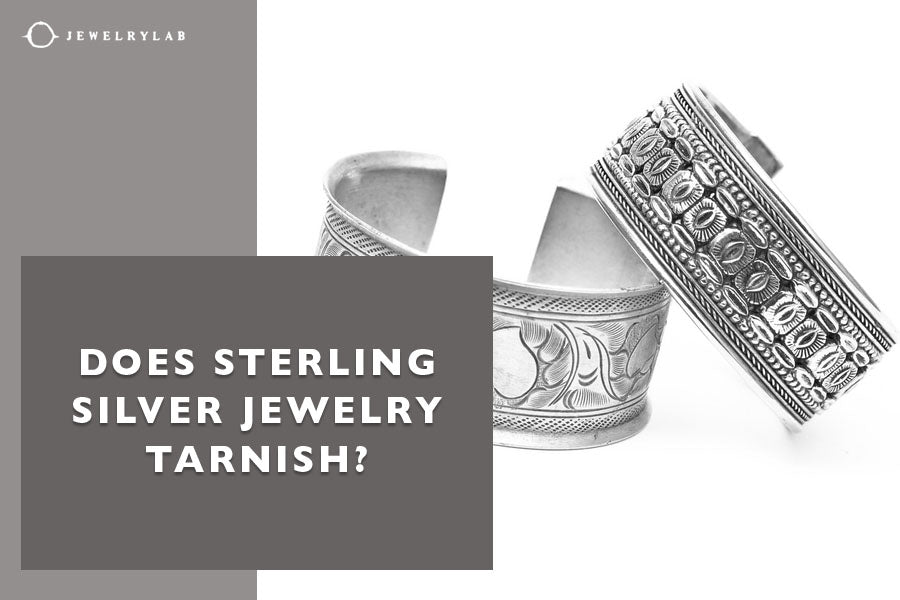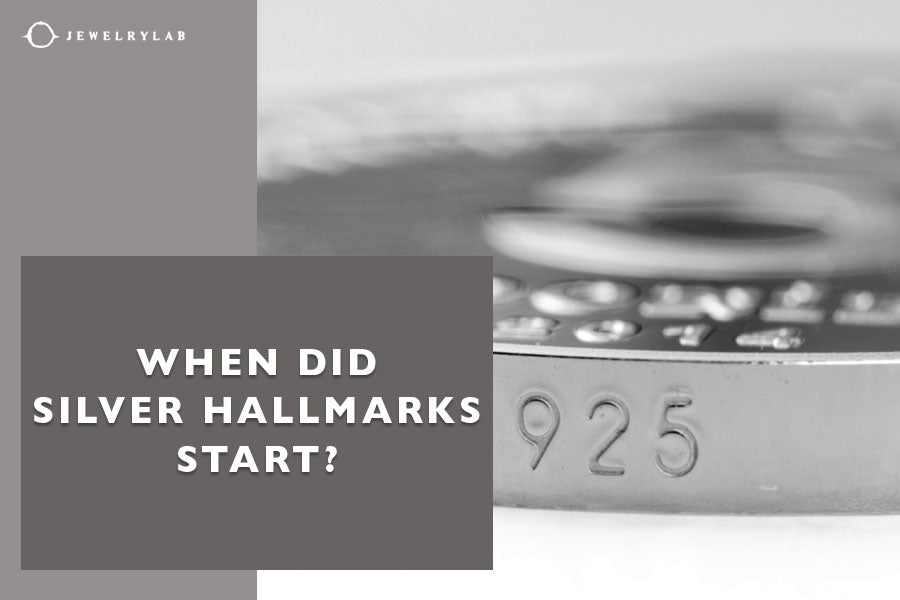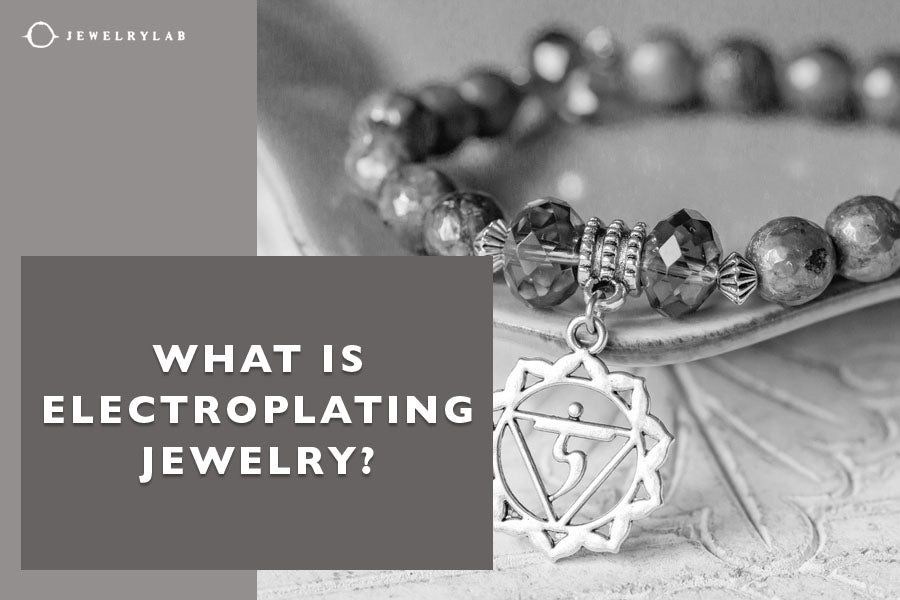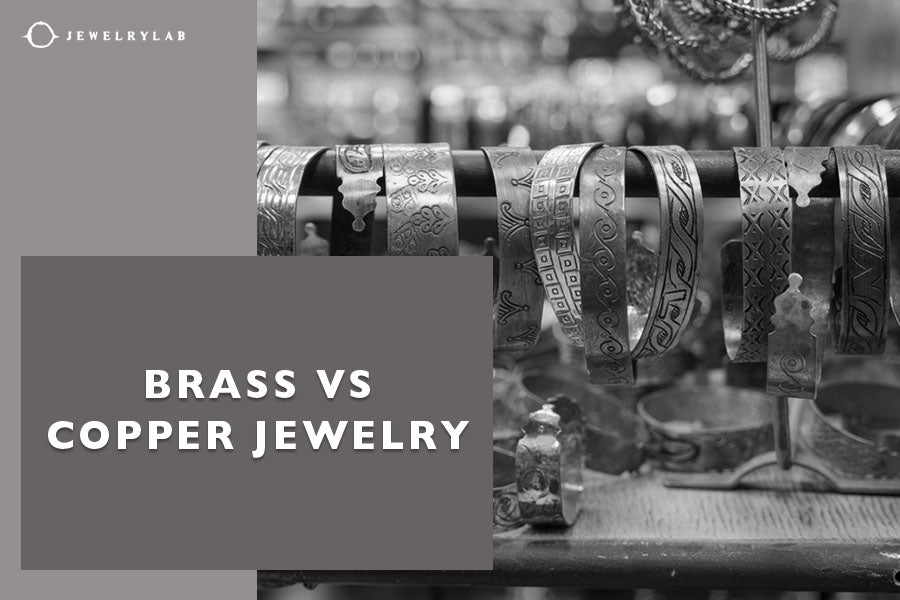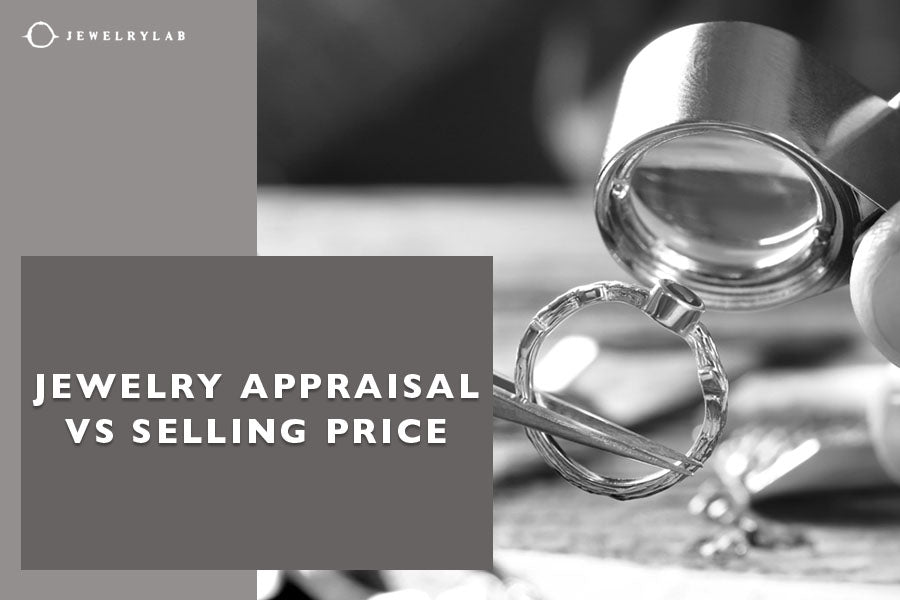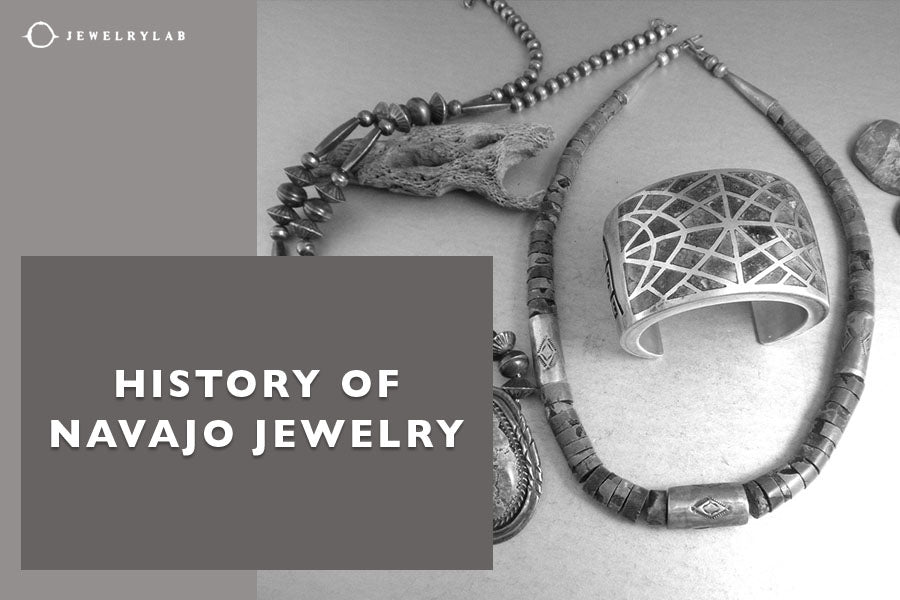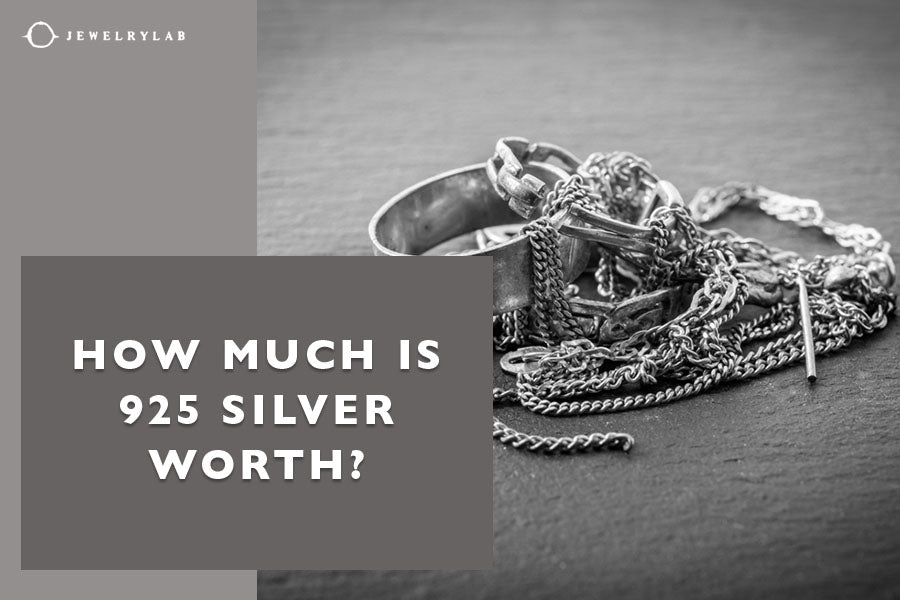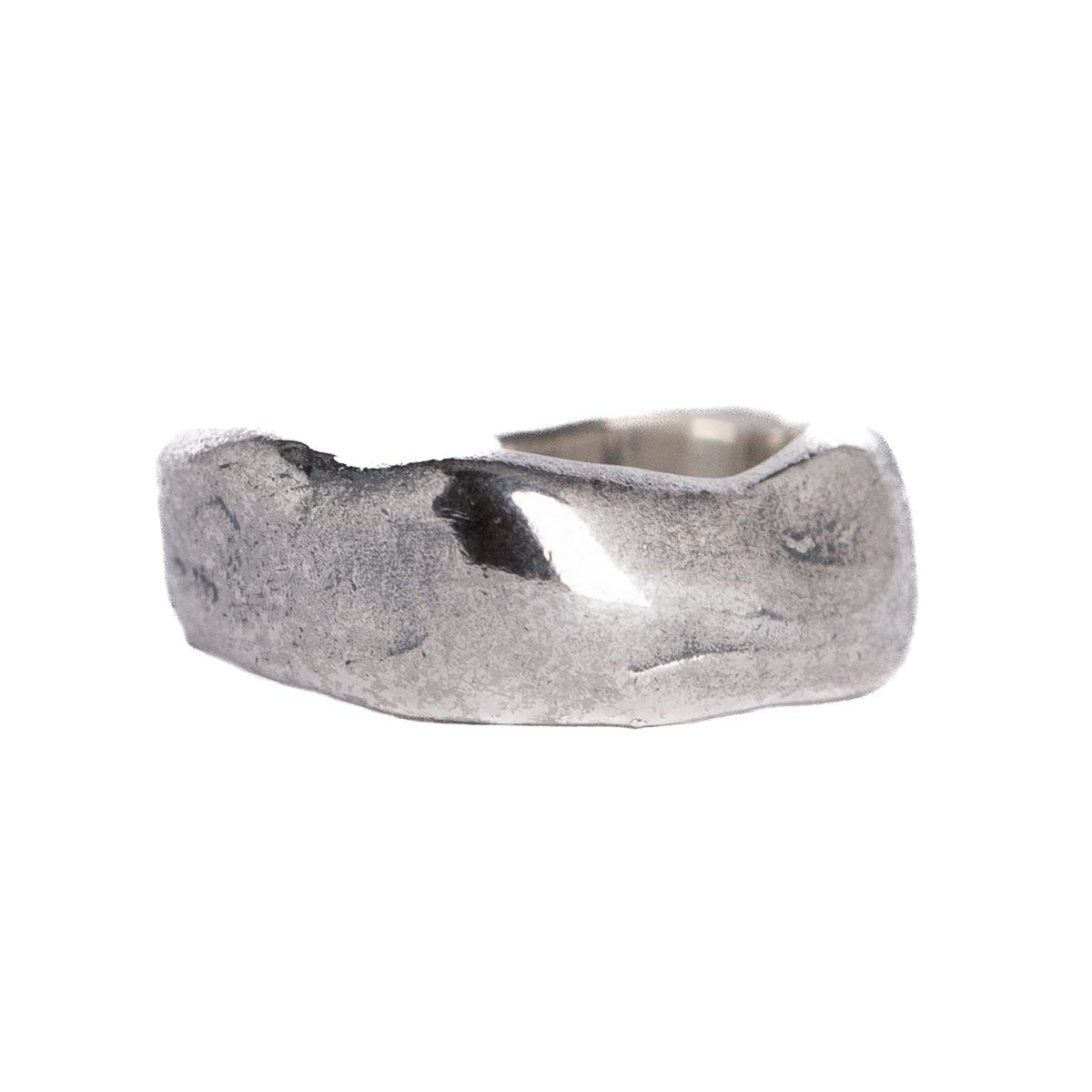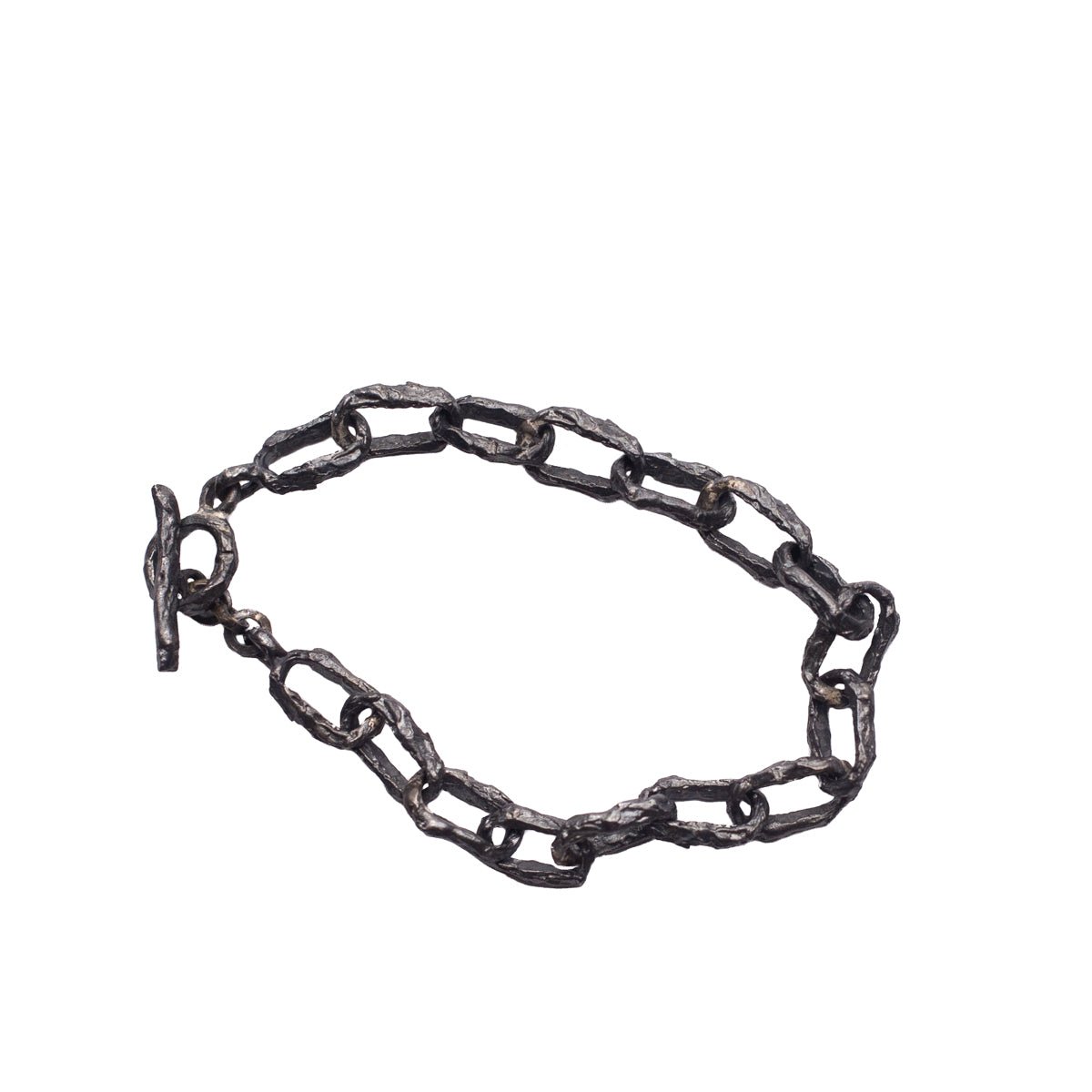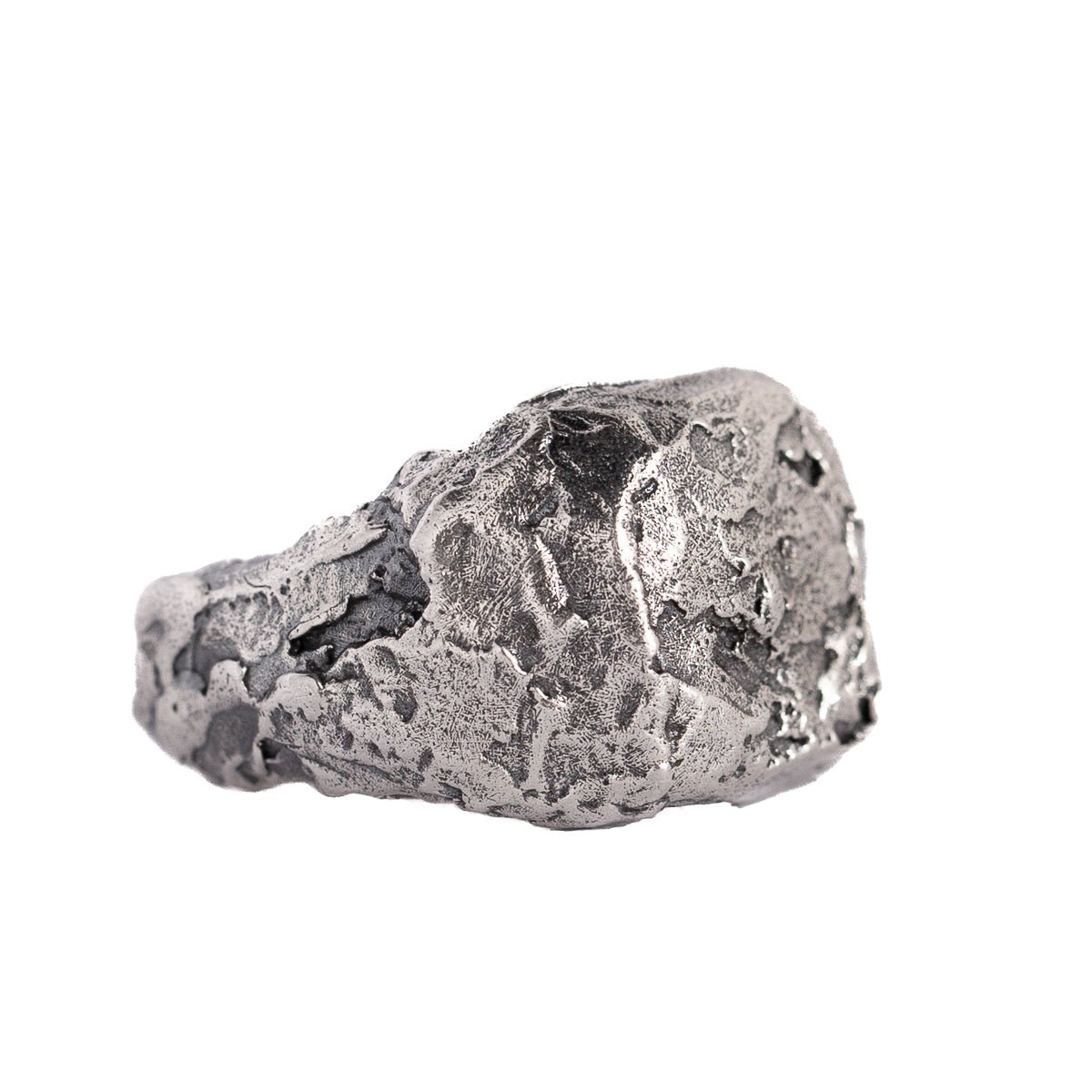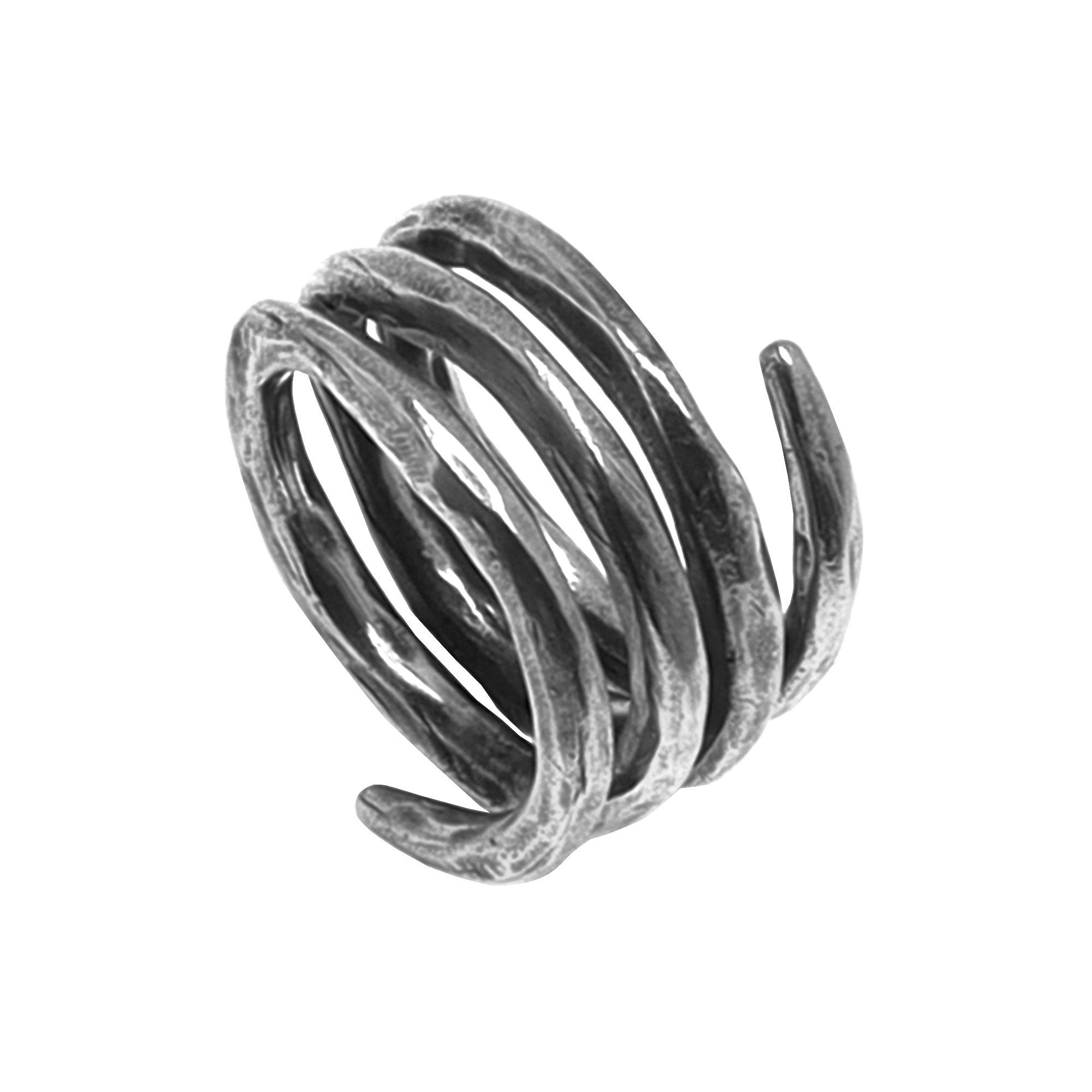by Jesús Zabala - 6 min read
How to Get Jewelry Appraised
Jewelry appraisal is an essential process for anyone owning valuable pieces. It plays a crucial role in insurance, resale, or estate planning, providing a clear picture of an item's value. This is why we decided to shed some light on how to get jewelry appraised accordingly.
This guide will look into the importance of jewelry appraisal and dive into its complexities and details. It will offer insight into how this process works and trusted advice on where jewelry owners can safely get their items appraised.

Source: shutterstock.com / Photo Contributor: LightField Studios
How to Get Jewelry Appraised?
When seeking a jewelry appraisal, it's vital to be well-informed about your pieces. Understanding the characteristics of gemstones, assessing the quality of materials, and evaluating craftsmanship are crucial aspects. These insights not only facilitate clear communication with appraisers but also contribute significantly to determining the accurate quality and value of treasured jewelry items.
Understanding the basics of jewelry appraisal is vital for securing adequate insurance coverage, facilitating fair resale transactions, and ensuring equitable asset distribution in estate planning.
It helps jewelry owners make informed decisions regarding their valuable possessions. Simultaneously, jewelry appraisal also safeguards both financial and sentimental value. Those looking into how to get jewelry appraised can take a look through the sections below and learn more about how the process works.
How Does a Jewelry Appraisal Work?
A jewelry appraisal is a detailed process that assesses a piece's value based on its physical and aesthetic characteristics, market trends, and comparative sales. The appraiser examines the piece, conducts market research, verifies authenticity, and compiles an official document that reflects its value, tailored to the purpose of the appraisal - be it insurance, resale, or estate valuation.
Below, we have assembled some of the most common factors that appraisers consider when evaluating a jewelry item.
Condition and quality
The appraiser's initial examination focuses on the jewelry's condition, identifying any signs of wear or damage. This comprehensive assessment includes documenting details, verifying gemstones, inspecting settings, and measuring dimensions, all of which are crucial for determining the piece's overall quality and value.
The quality assessment that appraisers perform also involves inspecting material integrity and craftsmanship evaluation. Material integrity involves examining the purity and quality of the metal. When examining craftsmanship, appraisers assess precision, finish, stone arrangement, and more.
Gemstones
Gemstones are evaluated with a keen eye on the "four Cs": cut, color, clarity, and carat weight. This detailed analysis, supported by gemological tools and expertise, assesses the stones' quality and value, significantly influencing the jewelry's overall appraisal. One of the central aspects of how to get jewelry appraised is assessing carat weight.
While larger stones are considered more valuable, their value is also influenced by the three Cs – clarity, cut, and color. Initially, the shape of the gemstone (cut) has a direct influence on its appearance. In terms of clarity, you can expect blemishes and surface flaws to affect the stone's overall beauty and influence the appraiser's decision.
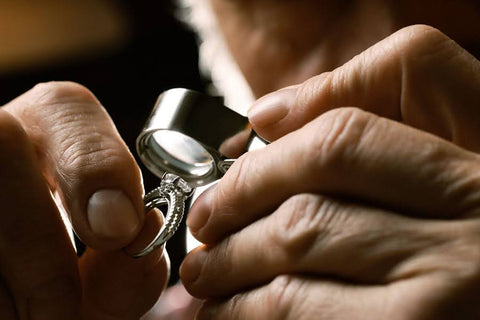
Source: shutterstock.com / Photo Contributor: New Africa
Design details
The value of jewelry is also influenced by its design and craftsmanship. Appraisers look for the intricacy of design, artistic value, maker's marks, and uniqueness. For instance, a piece showcasing exceptional craftsmanship or holding historical significance can considerably increase in value.
Pieces from certain eras or movements, such as Art Deco or Victorian, can have added value due to their historical context. We should also mention that custom jewelry and pieces exhibiting exceptional artistry are valued significantly more than mass-produced items.
Maker's marks and signatures may also increase the value of jewelry. Items created by renowned designers or manufacturers are considered premium pieces and are commonly sought out by jewelry collectors. In turn, they are valued much higher than other jewelry.
Comparative market analysis (CMA)
A CMA is a critical step in the appraisal process, where appraisers compare the piece with similar items sold on the market. This analysis helps understand how the piece stands in terms of value, considering sales data, market trends, and the uniqueness of the item being appraised.
During this analysis, appraisers look into current market trends and compare the apprised jewelry item to similar pieces within a data set. This comprehensive approach ensures that the appraised value reflects not only the intrinsic qualities of the piece but also its position within the broader market.
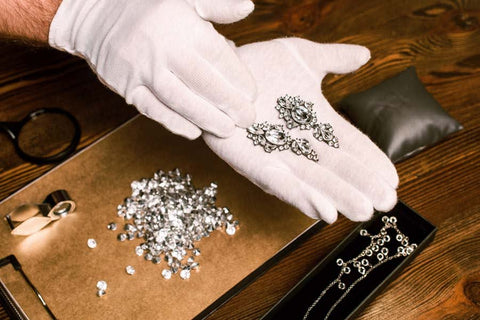
Source: shutterstock.com / Photo Contributor: LightField Studios
Types of Jewelry Appraisal
Replacement value appraisal
Often used for insurance purposes, this appraisal type estimates the cost of replacing the jewelry with a similar item in the current market. It typically results in a higher valuation due to the inclusion of labor and material costs needed for replacement.
Fair market value appraisal
This appraisal type determines the value of jewelry for resale. It reflects what the piece would likely sell for in its current condition in the open market, taking into account depreciation and market demand.
Difference between jewelry appraisal and grading
Jewelry appraisal and grading serve different purposes and provide distinct types of information. An appraisal gives an estimated value of the jewelry, primarily for insurance or resale purposes.
Jewelry appraisal considers the piece's overall characteristics, including materials, craftsmanship, and market conditions. In contrast, grading specifically evaluates the quality of diamonds or gemstones based on standardized criteria such as clarity, color, cut, and carat weight.
To illustrate their difference, we may take the content available in a standard grading report. Such reports are usually issued by a gemological laboratory. The goal of grading reports is to highlight intrinsic gemstone qualities. In turn, these reports usually consist of details related to the characteristics of a given gemstone or a diamond. On the other hand, the main focus of jewelry appraisals is understanding a piece's market value.
Choosing the Right Jewelry Appraiser
Selecting a qualified professional who can appraise jewelry legally is crucial. Choosing professionals with recognized credentials and a deep understanding of the market is preferable. A commitment to ongoing education, extensive experience, and adherence to high ethical standards are good appraiser qualities to look for.
To identify appraiser credentials, jewelry owners can consult with the databases provided by organizations like the National Association of Jewelry Appraisers and the American Society of Appraisers.
How often to get jewelry appraised
Updating your jewelry appraisal every two to three years or following significant changes in its condition or the market ensures that its documented value remains accurate. This regular reassessment is vital for insurance purposes and for maintaining an accurate record of your jewelry's worth. Overall, an up-to-date appraisal ensures that the jewelry's value is accurately documented and recognized in any transaction or claim.
How much a jewelry appraisal costs?
Several factors determine the cost of jewelry appraisal. Typically, the type of jewelry being apprised and the purpose of the appraisal has the biggest influence on the final cost. Other factors, such as the expertise and experience of the appraiser, can also be calculated into the end price. A professional jewelry appraisal usually costs between $100 to $200.
Still, pricing practices vary, and many appraisers prefer charging by the hour. Those who work according to this per-hour system may charge between $50 to $150 an hour. A word of caution: Avoid agreeing to leave jewelry in the hands of an appraiser who demands to be paid based on the jewelry's value. This is not a standard practice, and it is not only unethical but also illegal.
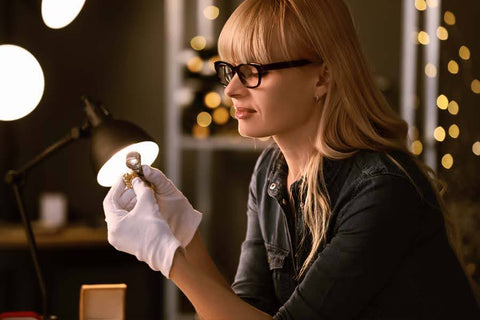
Source: shutterstock.com / Photo Contributor: Africa Studio
Conclusion
Jewelry appraisal is more than just determining the value of a piece. It's about understanding its significance, ensuring its protection, and preserving its legacy. This is why learning how to get jewelry appraised becomes essential.
As our exploration reveals, jewelry appraisal is a complex process that requires a deep understanding of gemology, market trends, historical context, etc. When evaluating a jewelry item, appraisers consider factors such as condition, gemstones, design details, current market trends, and more.
Overall, the decision to get jewelry appraised is a significant one and should be done strategically. We advise researching and finding a reputable appraiser to determine the value of cherished pieces.

